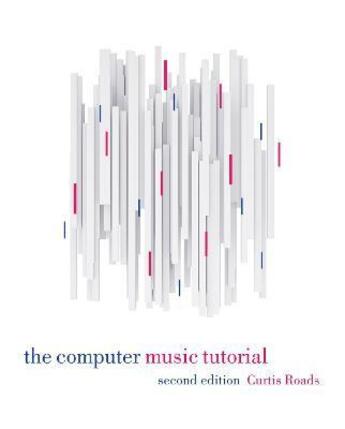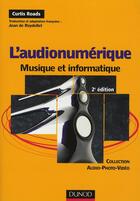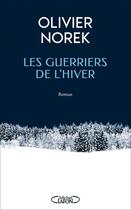Résumé:
Expanded, updated, and fully revised--the definitive introduction to electronic music is ready for new generations of students.
Essential and state of the art, The Computer Music Tutorial, second edition is a singular text that introduces computer and electronic music, explains its... Voir plus
Expanded, updated, and fully revised--the definitive introduction to electronic music is ready for new generations of students.
Essential and state of the art, The Computer Music Tutorial, second edition is a singular text that introduces computer and electronic music, explains its motivations, and puts topics into context. Curtis Roads's step-by-step presentation orients musicians, engineers, scientists, and anyone else new to computer and electronic music.
The new edition continues to be the definitive tutorial on all aspects of computer music, including digital audio, signal processing, musical input devices, performance software, editing systems, algorithmic composition, MIDI, and psychoacoustics, but the second edition also reflects the enormous growth of the field since the book's original publication in 1996. New chapters cover up-to-date topics like virtual analog, pulsar synthesis, concatenative synthesis, spectrum analysis by atomic decomposition, Open Sound Control, spectrum editors, and instrument and patch editors. Exhaustively referenced and cross-referenced, the second edition adds hundreds of new figures and references to the original charts, diagrams, screen images, and photographs in order to explain basic concepts and terms.
Features New chapters: virtual analog, pulsar synthesis, concatenative synthesis, spectrum analysis by atomic decomposition, Open Sound Control, spectrum editors, instrument and patch editors, and an appendix on machine learningTwo thousand references support the book's descriptions and point readers to further studyUses mathematical notation and program code examples only when necessaryTwenty-five years of classroom, seminar, and workshop use inform the pace and level of the material















